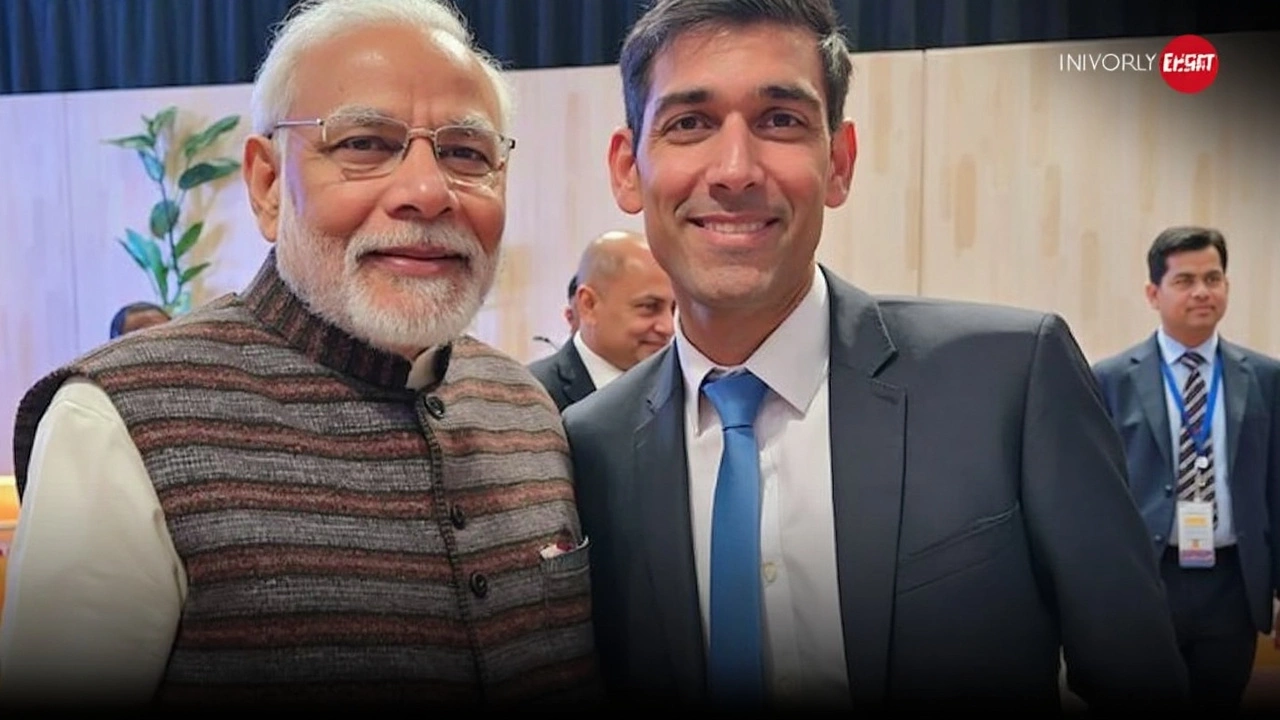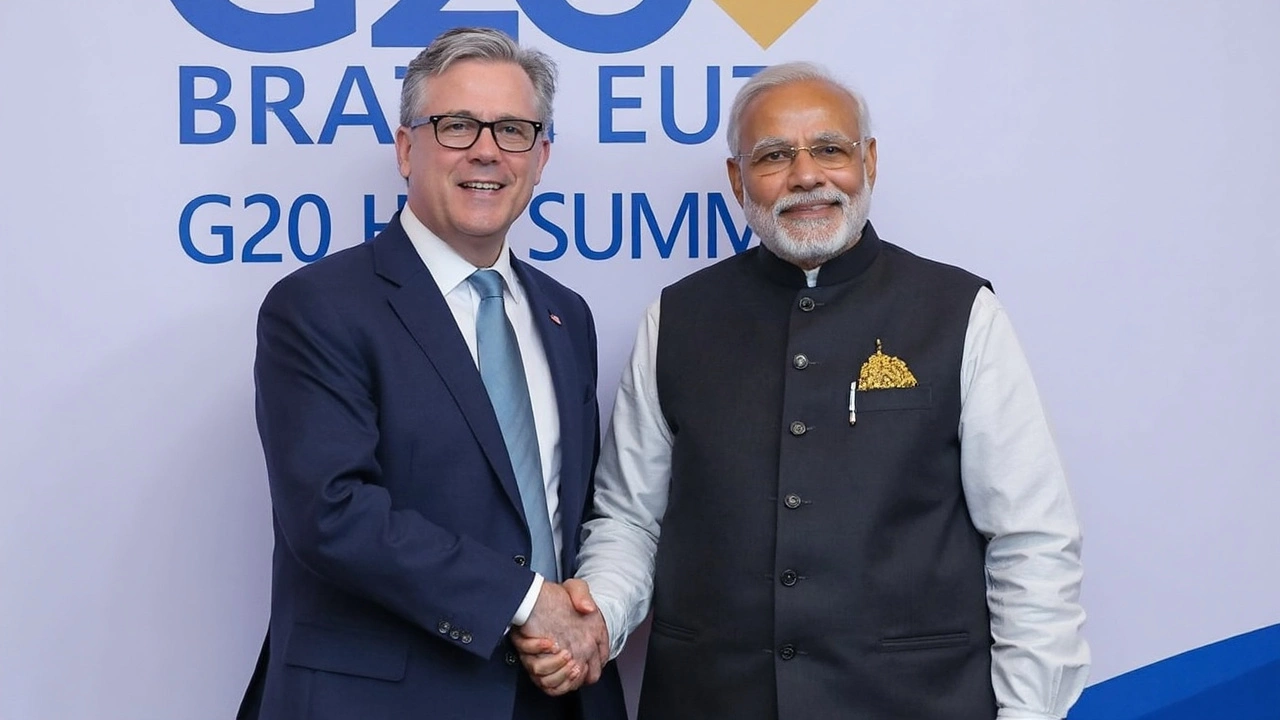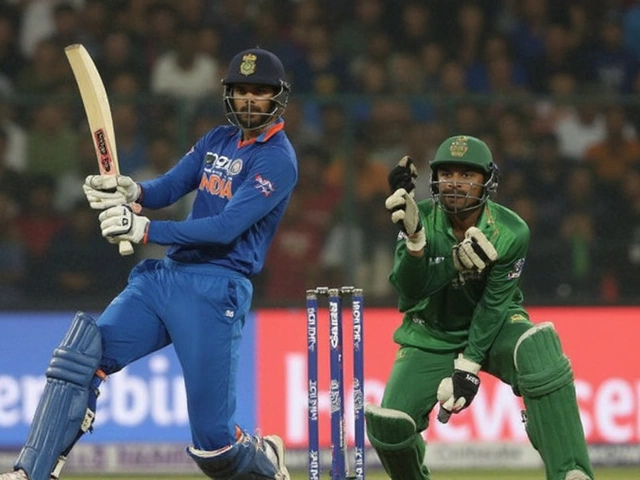Free Trade Agreement: What It Is and Why It Matters
A free trade agreement (FTA) is a deal between two or more countries that lets them buy and sell goods with little or no taxes. Think of it as a handshake that says, "Let's skip the extra fees and trade more easily." When tariffs drop, products become cheaper, and businesses can reach new customers.
How an FTA Changes Prices and Choices
Because tariffs are lower, you might notice lower prices on things like electronics, clothes, or food that come from abroad. That’s not magic – it’s simply the cost of the tax being removed. At the same time, local producers get a bigger market for their own goods, which can spark new jobs and more competition.
Common Concerns and Real‑World Examples
People often worry that cheaper imports will push local companies out of business. In reality, some sectors do feel pressure, but many also find opportunities to export their products more cheaply. For example, after the US‑Mexico‑Canada Agreement (USMCA) replaced NAFTA, many manufacturers reported faster supply chains and new export routes.
Another worry is that FTAs might lower standards for safety or the environment. Most modern agreements include clauses that protect labor rights, environmental rules, and intellectual property. Those clauses help make sure the trade boost doesn’t come at the cost of quality or safety.
FTAs also affect services, not just goods. Banking, tech, and tourism can flow more freely when countries agree on common regulations. That means a software firm in India could offer its product to a European client without facing a mountain of paperwork.
Negotiating an FTA is a long process. Countries discuss tariffs, rules of origin, dispute resolution, and many other details. It can take years to finalize, but the payoff often includes stronger economic ties and more predictable business conditions.
If you’re a consumer, the biggest benefit you’ll feel is lower prices and more variety on store shelves. If you’re a business owner, you’ll likely see new markets and cheaper inputs. And if you’re a policymaker, an FTA can be a tool to boost growth while keeping an eye on fair competition.
In short, a free trade agreement is a practical way for countries to cut barriers, lower costs, and open up new opportunities. It’s not a perfect solution, but when done right, it can help economies grow and people enjoy better products at better prices.
Keep an eye on upcoming trade talks in your region – they often shape the deals that will affect your daily life. Understanding the basics of an FTA makes it easier to see who benefits, what challenges might appear, and how you can adapt to a more connected market.
India-UK Free Trade Pact Faces Election Delay as Negotiations Pause
The India-UK free trade deal has hit pause, with negotiations expected to resume after India's Lok Sabha elections. Both governments remain committed, but unresolved issues on goods and investment are holding things up. Meanwhile, India just clinched a major European FTA.
India-UK Free Trade Agreement Cuts Tariffs on 90% of Goods, Targets £25.5 Billion Trade Boost
India and the UK have locked in a free trade agreement after three years of talks, sweeping away tariffs on 90% of traded goods. The deal is set to pump up bilateral trade by £25.5 billion each year and doubles down on sectors like manufacturing, clean energy, and medical devices while making life easier for Indian professionals in Britain.






